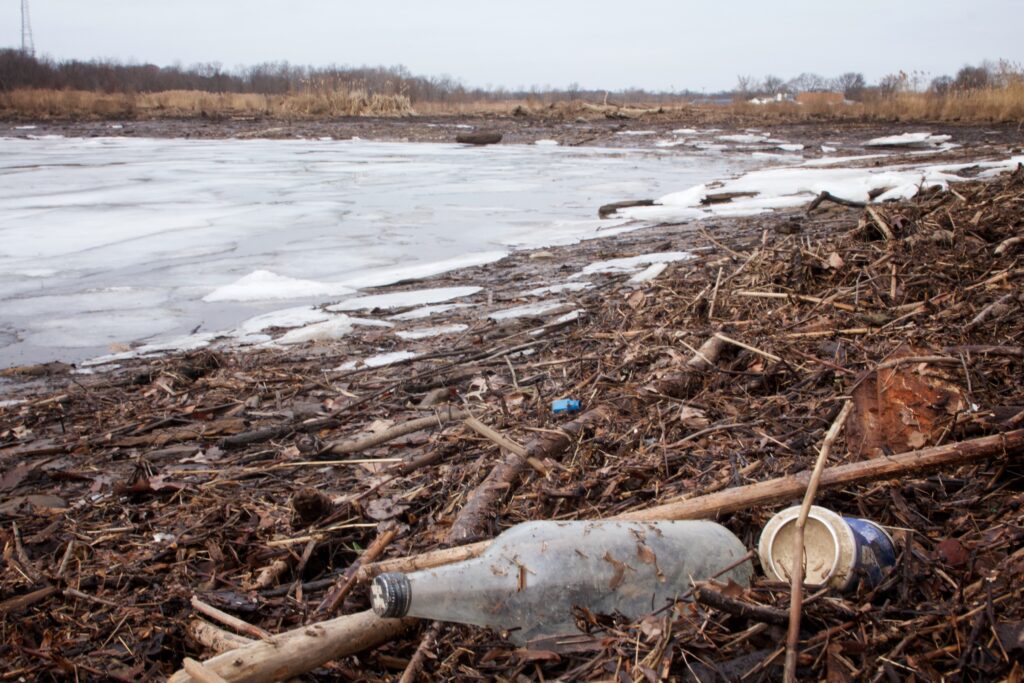Perfluoroalkyls (PFAs)

Residents with inquiries regarding the ongoing investigation can reach out to the Van Buren/Cass District Health Department at 269-621-3143 or contact EGLE’s Environmental Assistance Center at 1-800-662-9278.
The Michigan PFAS Action Response Team (MPART) website provides a comprehensive resource for information on per- and polyfluoroalkyl substances (PFAS) in Michigan. This centralized hub offers updates, resources, and actions taken by the state government to address PFAS contamination and protect public health and the environment. Visit MPART for more details.
Learn more:
Resources:
- Environmental Protection Agency (EPA) PFAS Information: The EPA provides comprehensive information on PFAS, including health effects, regulatory actions, and contamination prevention measures. Link to EPA PFAS Page
- Agency for Toxic Substances and Disease Registry (ATSDR) PFAS Resources: ATSDR offers resources on PFAS exposure, health effects, and community engagement strategies. Link to ATSDR PFAS Resources
- Centers for Disease Control and Prevention (CDC) PFAS Information: The CDC provides information on PFAS exposure assessment, health studies, and guidance for healthcare professionals and communities. Link to CDC PFAS Page
- Environmental Working Group (EWG) PFAS Contamination Map: EWG’s interactive map allows users to explore PFAS contamination sites across the United States. Link to EWG PFAS Contamination Map
- National Institute of Environmental Health Sciences (NIEHS) PFAS Research: NIEHS conducts research on PFAS exposure, toxicity, and remediation strategies to protect public health and the environment. Link to NIEHS PFAS Research